
X-rays are a very common method that almost everyone knows when there is an injury or to check if we have a broken bone. However, have you ever wondered what the universe looks like when it has a "broken bone" and the X-rays of the Milky Way? Or is it even possible?

NASA's Chandra X-ray Observatory recently took a scan that revealed a broken "bone." According to Space.com, the bone-like structure seen in the X-ray image was taken from radio data collected by the MeerKAT radio array in South Africa and the National Science Foundation's Very Large Array in New Mexico.

In a vast lake, the intersections between water crystals form cracks. In space, cracks in spacetime form cosmic filaments. Finding these filaments could help confirm that current physical models need further refinement to explain the laws of the universe.
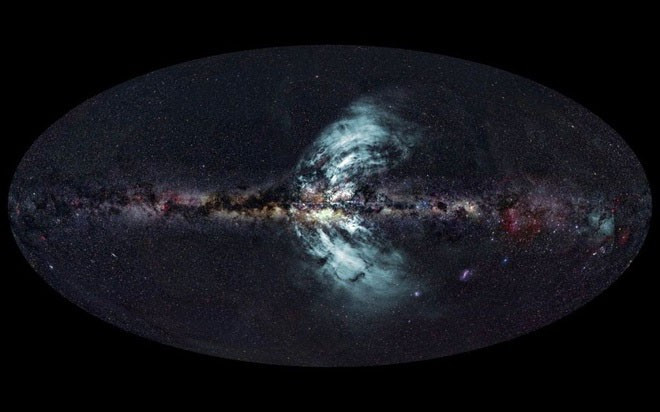
One of these cosmic filaments has been dubbed the “Cosmic Serpent.” Radio telescope observations have shown that the structure has “fractured” in two places. Along its hundreds of light-years length, the Serpent has large kinks, signs that a colossal force has been exerted upon it.
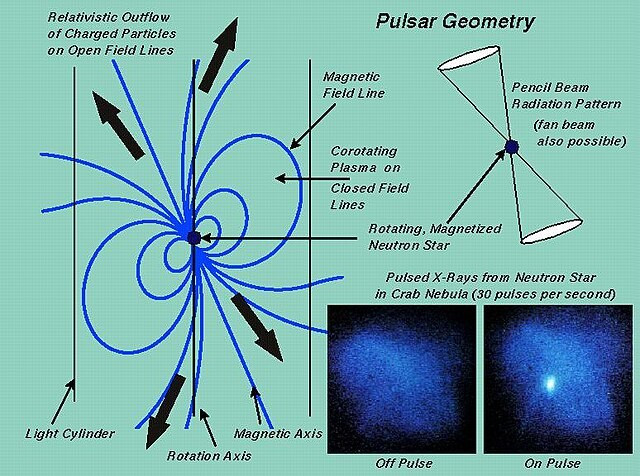
As for the cause of the fracture (fracture of the fissures), according to Chandra X-ray data, the fissure, also known as the galactic central filament, was caused by an impact from a pulsar.

A pulsar is a rotating neutron star that continuously emits radiation at regular intervals. As revealed on Space.com, scientists are very skeptical that the speed of the pulsar, during the collision, will be between one and two million miles per hour.

What is the Galactic Central Filament? The Milky Way is definitely not made of bones. However, what looks like real bones is the Galactic Central Filament, a combination of structures created by radio waves intertwined with magnetic fields, right at the center of the Milky Way.
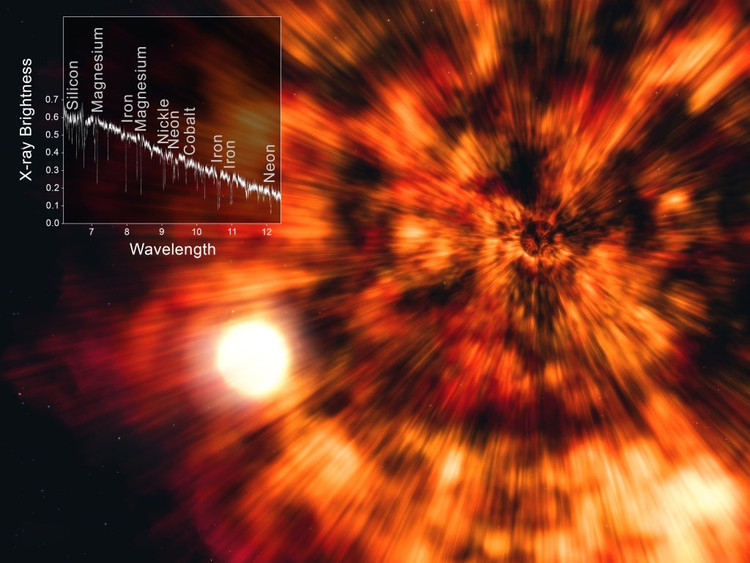
What did scientists discover ? According to Space.com, this is one of the brightest and longest galactic central filaments ever discovered. The filaments are 26,000 light-years across and 230 light-years long. The filament has been named G359.13142-0.20005.

The collision created a “main knot” – where the collision occurred – and a “secondary knot”, formed by shock waves and the ripple effects of distorted magnetic fields. Electrons and positrons (antiparticles of electrons) were accelerated to extremely high energies, and it was these particles that produced the powerful radio and X-ray signals detected by telescopes.
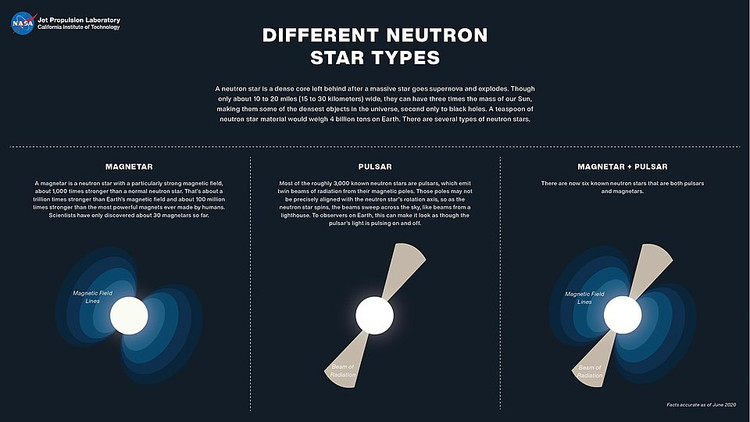
Scientists think the collision with the neutron stars will destroy the filament's magnetic field, causing a crack, Space.com reports. Scientists hope the crack will heal on its own.
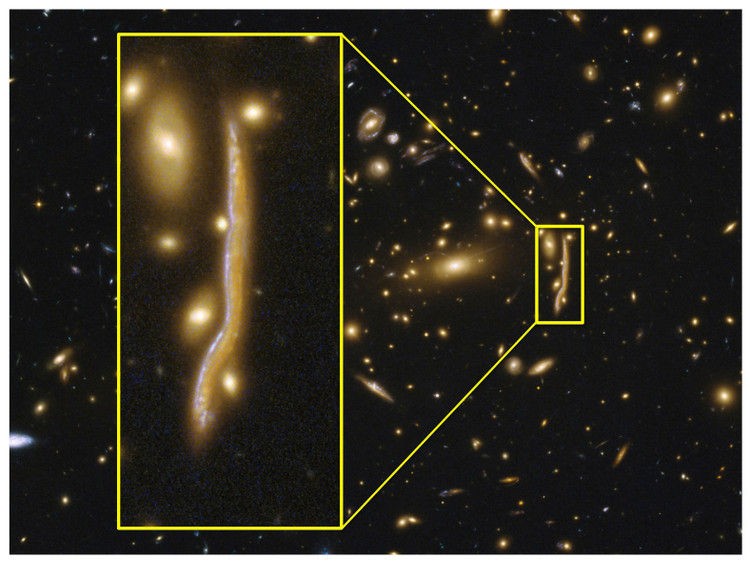
While the initial findings are exciting, scientists say more observations are needed to definitively determine the cause of the signal and the distortion of the “Cosmic Serpent.” Observatories such as ALMA, the VLA, and the James Webb Space Telescope could be used to further examine the material composition, dynamics, and energy spectrum of the structure’s knots.
Source: https://khoahocdoisong.vn/quet-nhanh-vu-tru-nasa-giat-minh-thay-khuc-xuong-bi-gay-giua-ngan-ha-post1541316.html



































































































Comment (0)